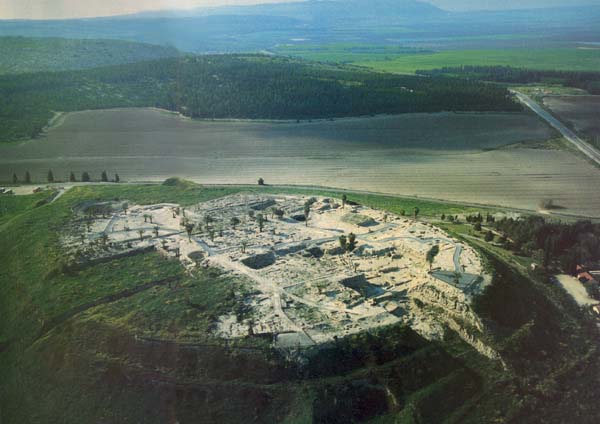Caught Between the Great Powers
Judah picks a side … and loses

Rarely do Biblical texts and extra-Biblical materials supplement one another so well as those that describe the last two decades before the Babylonian destruction of Jerusalem, which marked the end of the Judahite state in 586 B.C.E. As a result, we can reconstruct a kind of microanalytical study of this period. We can trace the historical process in time units much more minute than is generally feasible for the Israelite period—in terms of a specific year, month and, sometimes, day. Moreover, we can do this in the context of international politics and grand strategy.
In 721 B.C.E., the Assyrians brought an end to the northern kingdom of Israel, deporting some of its citizens, who thereby became the so-called lost tribes. But a century later, the world would witness the dramatic decline of the mighty Assyrian Empire at the hands of the Neo-Babylonian Empire, which soon became a decisive military and political factor in Mesopotamia. At the same time, Egypt, which had previously abandoned political influence in Asia, was renewing its interest and intervening as the occasion arose.1
Already a library member? Log in here.
Institution user? Log in with your IP address.

